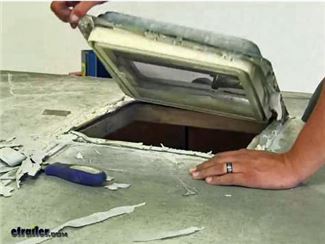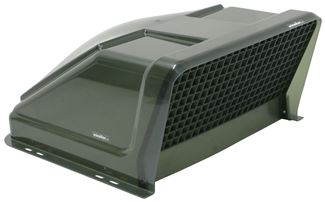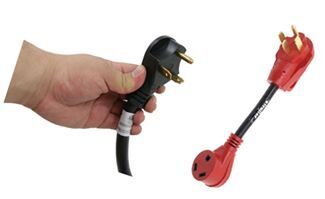How to Replace or Install an RV Roof Vent
Measure Roof Vent Opening Measure Garnish Size Select Vent Options
Remove Old Garnish or Cut New Opening Remove Putty and Old RV Roof Vent Insert and Seal New RV Roof Vent Insert New Garnish

Choosing the Right RV Roof Vent

1. Measure Roof Vent Opening

Installing the RV Roof Vent
Ladder Screws Screwdriver or nut driver Putty knife (to remove old sealant) Sealant Caulk gun (if sealant requires caulk gun for application)
Ladder Screws Screwdriver or nut driver Straight edge Marking pen Measuring tape Drill Drill bits for drilling pilot and starter holes Jigsaw Sealant Caulk gun (if sealant requires caulk gun for application)


Step 1: Remove Old Garnish or Cut New Opening


Step 2: Remove Putty and Old RV Roof Vent



Step 3: Insert and Seal New RV Roof Vent

Step 4: Insert New Garnish
Departments
Towing
- Trailer Hitch
- Fifth Wheel
- Gooseneck
- Towing a Vehicle
- Front Hitch
- RV Hitch
- ATV Hitch
- HD Truck Hitch
- Vehicle Wiring
- Brake Controller
- Ball Mounts
- Weight Distribution
Sports and Recreation
Trailer Parts
- Utility Trailer
- Boat Trailer
- Landscape Trailer
- Enclosed Trailer
- 5th/Camper Trailer
- Car Hauler
- Horse Trailer
Vehicle
Contact & Help

What our customers are saying:
"Easy place to shop. Fast delivery and great products. Very happy with my purchase."
Ed
Boynton Beach, FL


































